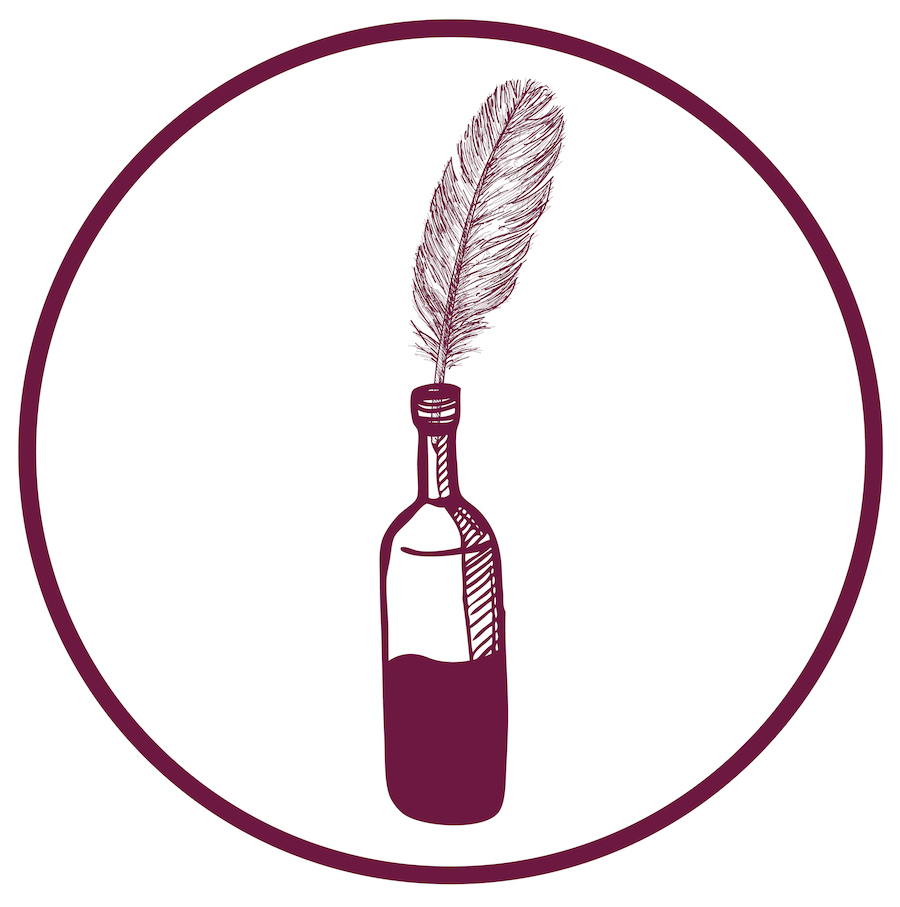Language and wine
Updated September 2021
Language and wine go hand in hand. In fact, following these steps helped me learn French and land a dream harvest internship in Burgundy. Post on this to come.
Learning languages has never been easy for me. But a few years ago, I was able to crack the code and now I am conversationally fluent in four languages! Follow these 6 steps to learn a new language in one month.
1. Private tutor – not classes
I’ll be blunt–group classes don’t work. One of the keys to learning a new language is conversation, and private 1on1 lessons are much more tailored to this than group lessons.
In the last three years, I’ve become conversationally fluent in Spanish, French and am currently learning Portuguese via my friend and language tutor Pauline Goosens via video conferencing. I recommend her highly and she can be reached via email here.
Otherwise, see if you can find a local tutor or check out digital options like Verbling or Preply.
2. Download an app and use it every day.
10-15 minutes a day, that’s it. Enough to keep your brain in check and storing new and existing information. I’ve tried Duolingo and Rosetta Stone, but none are as good as Babbel.
While Duolingo and Rosetta Stone focus on nouns and random non-practical words, Babbel will drill down on sentence structure, verb conjugation, various rules and useful conversations–all which are extremely useful when picking up a new tongue.
3. Change your phone’s language
This is one of my favorite tips. How often do you look at your phone every day? This a great way to force your brain to think about the new language daily.
When changing your phone into the language of choice, note that most apps and browsers will change alongside it. You may want to do this a few weeks into your lessons, as there are several scenarios that can be difficult and/or frustrating if you’re a total newbie (Google Maps directions, general phone settings etc..).
4. Movies, Music
Ever wonder why Scandanavians speak great English? Because they watch television in English from a very early age. Contrasted to other European countries who watch media in their native language or dubbed over from English.
Use Netflix / your favorite streaming app to watch movies in the foreign language with subtitles on, and you’ll get a sense of how locals speak. For music, there are language-specific playlists on Spotify and you may discover some new favorite tunes; Deh-spah-cito no incluido.
5. Join a Meetup
If you reside in a city, there’s a very good chance that a group exists on Meetup.com with people looking to learn a new language.
I was able to find one in London that was trilingual learning — Spanish, French and English and every 20 minutes the group would cycle to the next language. As mentioned in step #1, conversation is key, and this is a great (free) way to practice live.
6. Go there!
After a few months of learning, treat yourself to an immersion trip. This is not only enjoyable but also the fastest way to become fluent in a new language. Stay in a Homestay or a local’s Airbnb to get some extra practice; it’s a great way to meet new friends too!

Extra tips!
- Read a book in the language of choice; stick to elementary reads like Harry Potter.
- Try to translate songs that you have memorized, word for word. It’s likely that this won’t be a proper translation, but it’s still a good exercise to master commonly used words.
- Google Translate is your friend. Get the app and place it conveniently on your home screen so you can pull up translations on the fly.
That’s it! Simple, easy steps and you’ll be speaking a new language in no time. You’ll be more cultured, have a new appreciation for a different region of the world and perhaps lead to new friendships and opportunities.





